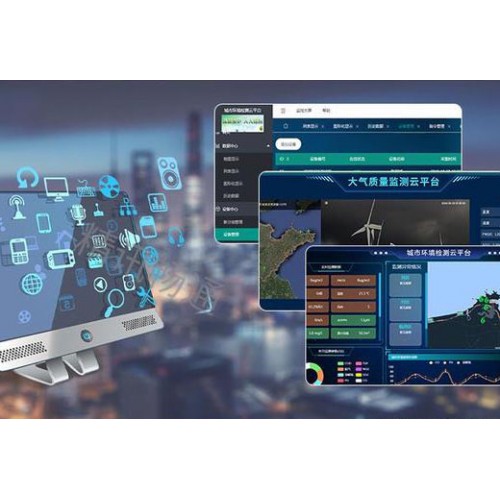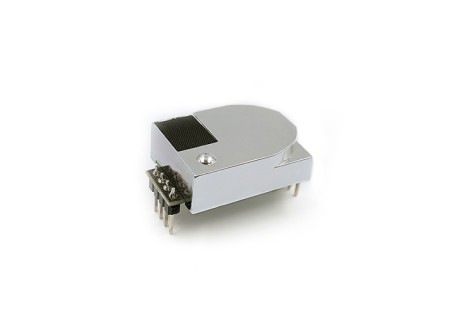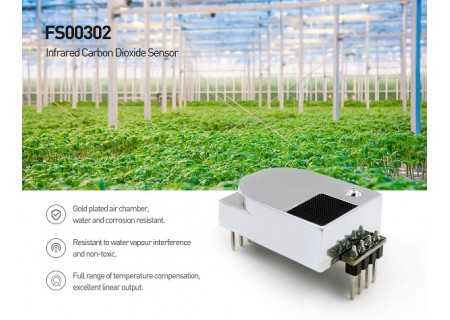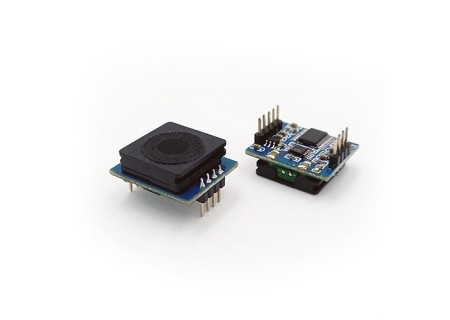Air pollution monitoring and early warning technology

With the acceleration of urbanization and increasing population growth, air pollution problems have become increasingly prominent. Air pollution has had a serious impact on human health and social development. Therefore, it is of great practical significance to study air pollution monitoring and early warning technology and forecasting systems. This article first introduces the basic concepts and influencing factors of air pollution, and then focuses on the research status and development trends of air pollution monitoring and early warning technology and forecasting systems. This paper finally proposes the specific implementation method and feasibility study of air pollution monitoring and early warning technology and forecasting system.
Basic concepts and influencing factors of air pollution
Air pollution refers to the harm caused to the human body by harmful substances such as particles, gases and odors in the air. Air pollutants include sulfur dioxide, nitrogen oxides, carbon monoxide, hydrocarbons, volatile organic compounds, etc. The harm of air pollution to the human body includes respiratory diseases, cardiovascular diseases, poisoning, etc. Air pollution is also closely related to social and economic development, such as industrial pollution, vehicle exhaust emissions, thermal power generation, etc.
The influencing factors of air pollution include the following aspects:
1. Source factors: Source factors refer to the substances and processes that cause air pollution, such as industrial waste gas, vehicle exhaust, burning fuel, etc.
2. Transmission factors: Transmission factors refer to the process of air pollution from the source to the receiving place, such as air flow, meteorological conditions, etc.
3. Human activity factors: Human activities are an important source of air pollution, such as industrial production, urban expansion, transportation, etc.
Research status of air pollution monitoring and early warning technology and forecasting system
At present, air pollution monitoring and early warning technology and forecasting systems have been widely used and researched. The following is the current research status of air pollution monitoring and early warning technology and forecasting systems.
1. Air pollution monitoring technology
Air pollution monitoring technologies mainly include the following types:
(1) Particle Matter sensor technology: including optical sensors, inertial sensors, lidar, etc.
(2) Gas monitoring technology: including meteorological sensors, chemical sensors, infrared sensors, etc.
(3) Acoustic monitoring technology: including acoustic sensors, vibration sensors, etc.
2. Air pollution forecasting system
Air pollution forecasting systems mainly include the following two types:
(1) Forecasting system based on meteorological and physical conditions: Based on the parameters of meteorological and physical conditions, combined with model calculations, the future development trend of air pollution is given.
(2) Sensor-based forecasting system: By installing various sensors, the concentration of air pollutants is monitored in real time, and combined with model calculations, the future development trend of air pollution is given.
Development trends of air pollution monitoring and early warning technology and forecasting systems
With the continuous development of science and technology, air pollution monitoring and early warning technology and forecasting systems will have the following development trends in the future:
(1) Intelligence: Use advanced technologies such as machine learning and artificial intelligence to improve the accuracy and reliability of forecasts.
(2) Multi-sensor fusion: Use multiple sensors for monitoring to improve the accuracy and comprehensiveness of monitoring data.
(3) Network intelligence: Use Internet of Things technology to realize real-time monitoring, transmission and analysis of data.
(4) Data sharing: Establish a data center to realize data sharing and exchange and improve the reliability and efficiency of forecasts.
(5) Intelligent early warning: Based on real-time monitoring data and combined with model calculations, early warning information is given in a timely manner, and corresponding measures are taken in a timely manner to reduce the impact of air pollution on human health.
Feasibility study
1. Technical feasibility
Air pollution monitoring and early warning technology and forecasting systems are complex technologies that require the use of a variety of sensors and monitoring equipment, as well as computer technology and network technology for data processing and transmission. Therefore, this study uses a variety of sensors and monitoring equipment, and uses computer technology and network technology for data processing and transmission to achieve feasibility research on air pollution monitoring and early warning technology and forecasting systems.
2. Economic feasibility
Air pollution monitoring and early warning technology and forecasting systems require a large investment of capital and human resources to purchase sensors and monitoring equipment, establish computer systems and network systems, and perform data processing and transmission. Therefore, this study analyzes the feasibility of air pollution monitoring and early warning technology and forecasting systems from the perspective of economic feasibility.
in conclusion
Research on air pollution monitoring and early warning technology and forecasting systems has important practical and long-term significance. Future research will pay more attention to technological intelligence, multi-sensor fusion, data sharing, intelligent early warning, and economic feasibility to achieve more accurate, reliable, and effective air pollution monitoring and early warning technology and forecasting systems.







-450x320.jpg)



-450x320.jpg)